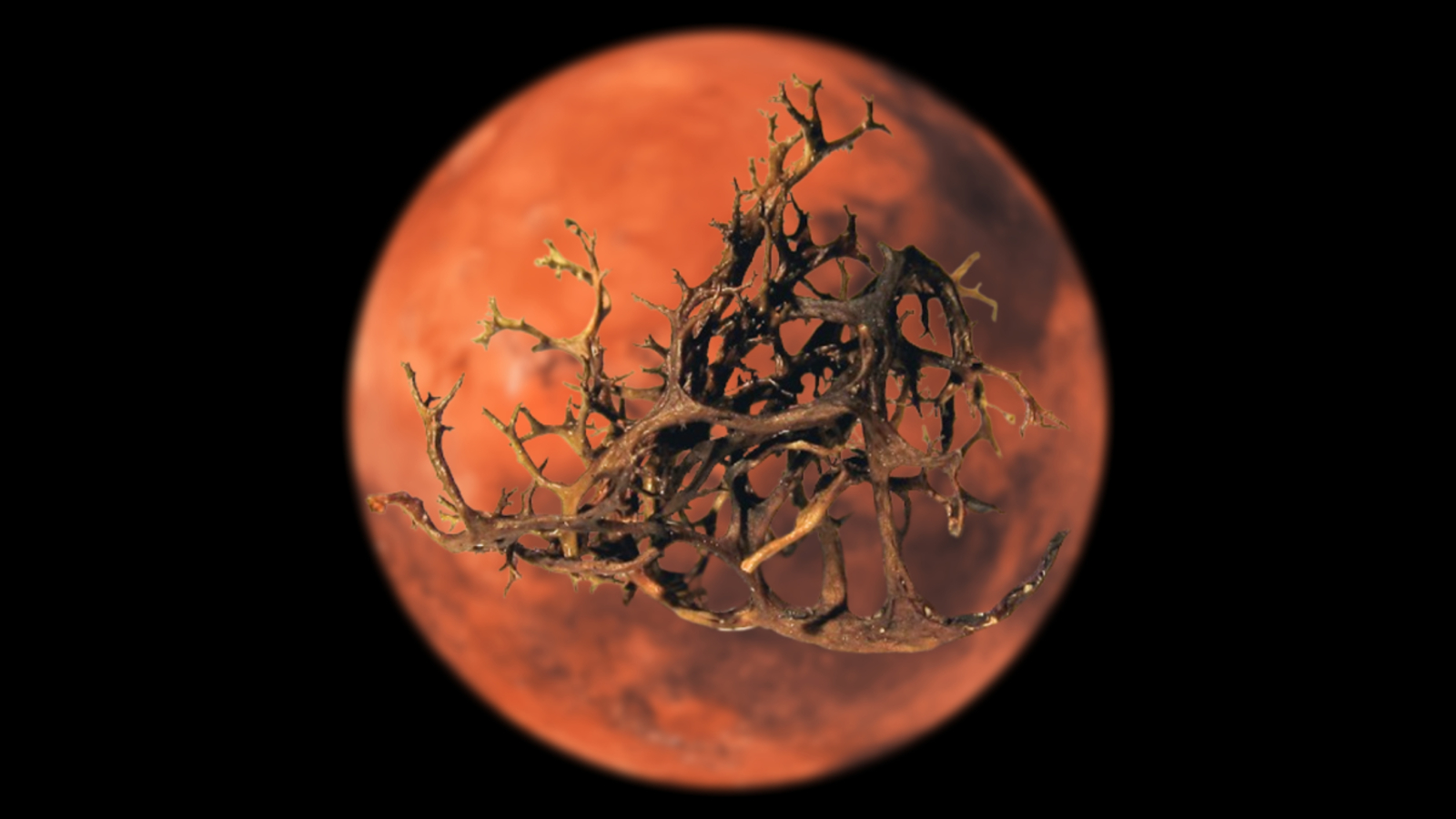Amazingly Sensitive Rat Whiskers Explained

Like a finely tuned harp, the whiskers on a rat's snout pick up particular frequencies and send these teensy signals to the brain. Now scientists have caught the whisker signals on video.
With poor eyesight, rats must rely on their whiskers to navigate dark, dismal sewers and other underground haunts. Past research has shown that like harp strings, the shorter whiskers positioned at the front of rats' snouts are tuned to vibrate at higher frequencies and the longer ones at lower frequencies.
These signals get sent to rodents' brains, where a large portion of their brain cells are devoted to decoding incoming whisker signals, making rats the super-sensors of the slum world.
"They can sense the tiniest speck on a wall with their whiskers," said Christopher Moore of the McGovern Institute for Brain Research at MIT.
Past studies have relied on plucked whiskers or anesthetized rats. The new study, detailed in the Feb. 28 issue of the journal Neuron, relies on high-speed video of whiskers on lively rats and associated computer analysis. The results reveal the first glimpse of the so-called micromotions that each whisker transmits to the rat's brain.
"We knew from watching rats' behavior that there must be whisker micromotions that were too rapid to measure using available recording techniques," said lead researcher Jason Ritt, a postdoctoral scientist in Moore's lab at MIT.
Ritt developed a video system that captures whisker movements at a rate of 3,200 frames per second - 100 times faster than typical home videos - and a computer tracking system to analyze the resulting deluge of video data (about 1 gigabyte per second).
Sign up for the Live Science daily newsletter now
Get the world’s most fascinating discoveries delivered straight to your inbox.
In the experiments, Ritt, Moore and their colleagues trained rats to use their whiskers to pick out either a smooth or a rough surface. A correct whisk response garnered chocolate milk.
"Each one of the whiskers is touching the surface and picking up a different frequency band," Ritt said.
As each rat probed the surfaces with a whisking motion, high-speed videography recorded the tiny vibrations of individual whiskers. Computer analyses of the videos revealed how the different surfaces produced different micromotions.
"The vibrations due to the tip hitting the surface reach the base and in the rat's face the base is where all the nerve endings are," Ritt told LiveScience. "What it is going to be sensing is all the vibrations coming down the shaft of the whisker."
The rough surfaces produced what the researchers termed "stick-slip-ring" events, in which a whisker would get caught by a bump on a surface and then suddenly slip forward, causing the shaft of the whisker to shake back and forth. Smooth surfaces produced a stream of infinitesimal "stick-slip" oscillations.
"These patterns are larger and more complex than anything previously observed in anesthetized animals or plucked whiskers, but they are the key to a rat's perceptions and behavior," Moore said.
- Video: Fine-Tuned Whiskers
- Tomorrow's Robots Could Have Whiskers
- Top 10 Animal Senses Humans Don't Have
Jeanna Bryner is managing editor of Scientific American. Previously she was editor in chief of Live Science and, prior to that, an editor at Scholastic's Science World magazine. Bryner has an English degree from Salisbury University, a master's degree in biogeochemistry and environmental sciences from the University of Maryland and a graduate science journalism degree from New York University. She has worked as a biologist in Florida, where she monitored wetlands and did field surveys for endangered species, including the gorgeous Florida Scrub Jay. She also received an ocean sciences journalism fellowship from the Woods Hole Oceanographic Institution. She is a firm believer that science is for everyone and that just about everything can be viewed through the lens of science.












